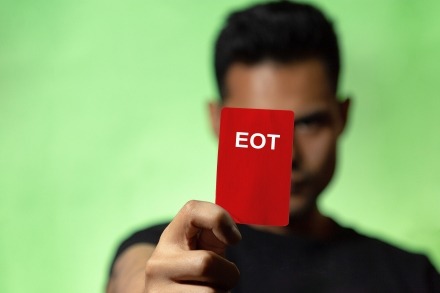Disqualifying an EOT ; Craig Simpson, Tax Partner at Bates Weston looks at how an Employee Ownership Trust ( EOT) can be given a red card.
Employee Ownership Trusts (EOT) have a sting in the tail in that the legislation requires the trustees to keep a close eye on disqualifying events. The benefits of the tax relief upfront are clearly attractive to the exiting shareholders. But that comes at a price in terms of governance.
Disqualifying events include:
- The company ceases to meet the trading requirement. This is the usual 20% substantial investment activities test for trading companies or groups
- The trust ceases to meet the controlling company requirement. This could be through a sale of the shares or the company going bust
- The trust ceases to meet the all employee benefit requirement
- The 2/5 limited participation test is not met, or
- The trustees act in a way which the all employee benefit requirement does not permit
Disqualifying events are relevant throughout the future of the EOT. When a disqualifying event happens , who is responsible for the tax depends on when the event happens.
If the event happens in the tax year of disposal or following tax year the vendors are on the hook for the tax. The EOT relief is withdrawn and the Capital Gains Tax (CGT) recalculated using normal rates.
If the event happens after the end of the second tax year after disposal (i.e. third tax year), then the trustees will have to pay the tax.
If the company were to go out of business, if this event happens in the tax year of disposal or the following year then it is likely that the balance of proceeds due from the EOT may become irrecoverable. CGT for the former shareholders should only be payable on the proceeds received as a claim can be made to adjust the sale consideration under s.48 TCGA 1992. If the event happens after the start of the third tax year then the trustees are deemed to have disposed of the shares at their market value at the time. If this is negligible then no CGT would expect to be paid by the trustees. The appointment date of the liquidator (which would be a loss of control by the EOT trustees) may then be critical in determining if EOT relief is withdrawn.
The ongoing governance, systems and processes surrounding the EOT are of vital importance. Contact Craig Simpson or Richard Coombs if you would like to discuss how an EOT can work for you.
As always, you are reminded that this article is generic in nature and you should take no action based upon it without consulting your professional advisor.
Related blogs:

